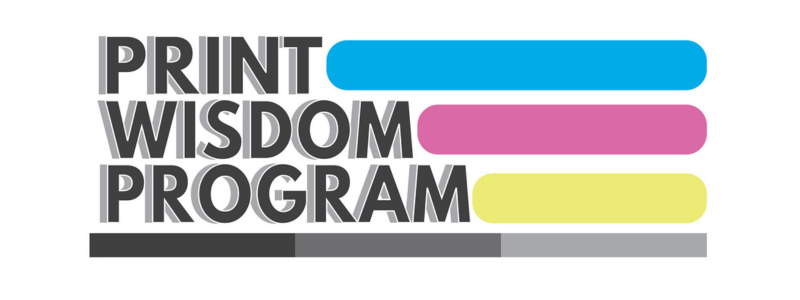Sustainability is becoming a key priority for many industries, and the printing industry is no exception. With growing demand for eco-friendly printing and energy-efficient printing, printing companies must adopt sustainable printing practices to stay competitive. Leading the way in environmental responsibility not only enhances brand reputation but can also improve operational efficiency and reduce costs. In this blog, we explore key strategies for printing companies to lead in sustainable printing.
Invest in Sustainable Materials
One of the simplest ways for printing companies to reduce their environmental footprint is by using sustainable printing materials. Recycled paper, soy-based inks, and biodegradable packaging are excellent alternatives to traditional options. By offering clients the choice of eco-friendly printing materials, businesses can meet the demands of customers while minimizing waste. Additionally, sourcing materials from certified suppliers, such as those with Forest Stewardship Council (FSC) certification, ensures responsible forest management and enhances the company’s sustainability credentials.
Optimize Energy Efficiency
Printing companies can make a significant impact on sustainability by optimizing energy use. Upgrading to energy-efficient printing equipment and integrating renewable energy sources like solar panels can reduce operational costs and decrease the company’s carbon footprint. Implementing smart scheduling for machinery to run during off-peak hours also reduces energy demand and associated costs. Adopting energy-efficient printing technologies and practices not only makes a company greener, but it can also drive substantial savings over time, boosting profitability while contributing to environmental goals.
Reduce Waste and Implement Recycling Programs
Waste reduction is a critical aspect of sustainable printing. Implementing a closed-loop recycling system for paper waste can significantly cut down on the volume of material sent to landfills. Encouraging clients to opt for digital proofs and minimizing overruns in print production are further steps that reduce waste and energy use. Internally, companies can develop waste separation systems for recyclables such as ink cartridges, paper scraps, and packaging materials, ensuring these are properly recycled or reused.
Embrace Digital and Hybrid Solutions
Though print remains vital, the rise of digital solutions presents an opportunity for hybrid printing companies to offer more sustainable options. Encouraging customers to adopt digital alternatives where feasible or offering print-on-demand services reduces unnecessary production, saving energy and resources. Hybrid solutions that combine both print and digital strategies can meet the needs of environmentally conscious consumers while maintaining the integrity of high-quality printed materials.
Conclusion
Printing companies have a unique opportunity to lead in sustainability by adopting sustainable printing practices, using eco-friendly printing materials, optimizing energy efficiency, and embracing hybrid solutions. Not only do these practices contribute to a healthier planet, but they also create cost-saving opportunities and appeal to a growing base of environmentally conscious customers. By positioning sustainability at the core of their business, printing companies can drive long-term success while making a positive environmental impact.
Have a question or need some help? Contact us directly here.


